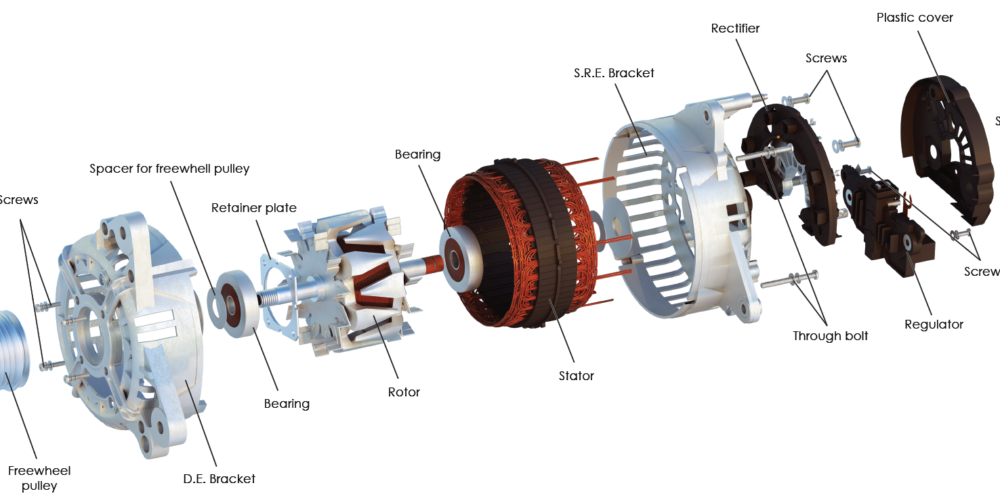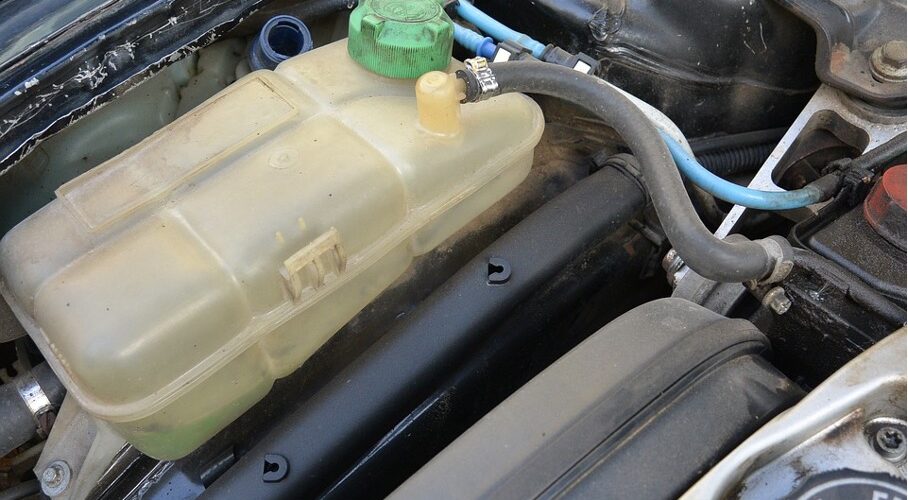Leaky EGR coolers – loss of coolant
Since the introduction of the Euro 4 exhaust gas standard, EGR systems with EGR coolers have been increasingly used. These coolers are not typical wear parts. Even so, failures can occur during their lifetime.
EGR cooler failures
In case of EGR coolers, a coolant is used as a medium to cool the engine. The coolers are made of either stainless steel or aluminium. Under unfavourable or unpredictable operating conditions (e.g., when operating the engine with high sulphur fuel or with environmentally friendly fuel), aggressive combustion products can be generated. In the long term, this can cause an internal leak accompanied by a stealthy loss of coolant. When looking for water loss, cylinder head seals, cylinder heads or wet cylinder liner seals are often mistakenly and unsuccessfully renewed.
The most common cause of failure is a leak on the exhaust side. A less common cause is pitting corrosion on the coolant side. Improper coolants can lead to corrosion or cavitation. Because exhaust back pressure during engine operation is higher than the cooling system pressure, the loss of coolant is not always immediately apparent. When the engine is turned off, the coolant escapes into the exhaust duct or engine intake.
If the EGR cooler is located higher than the intake and exhaust valves, this can lead to coolant build-up in the combustion chamber of one or more cylinders. Once the engine is started, “water hammering” occurs, resulting in severe damage to the piston, cylinder or connecting rod.
To avoid costly and complicated engine repairs as a result of searching for the cause of coolant loss, carefully check for EGR cooler leaks before opening the engine.








